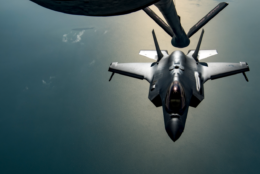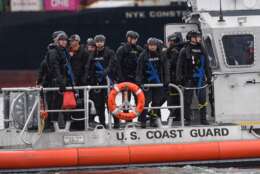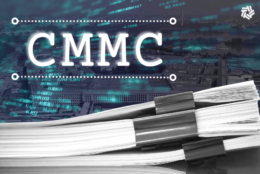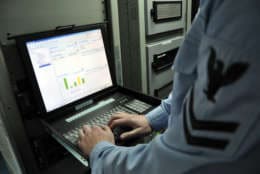Defense News
-
The Air Force like many other agencies is awaiting Congressional funding to start new programs, but its quickstart initiative could help it begin with early phase, low-cost preliminary work while it waits for Congressional approval.
November 14, 2023 -
The Defense Department looks towards 5G and future G to help its warfighters make better decisions. At the same time, it is looking to improve the logistics, privacy, signature management, cloud security and cybersecurity of 5G.
November 09, 2023 -
Ret. Vice Adm. Peter Neffenger, the former vice commandant of the Coast Guard, said the maritime intelligence fusion centers improve what service members can see when monitoring vessels.
November 09, 2023 -
The draft strategy is one way Space Force is working to develop standards for digital twins. It is also working on an open standard. Lisa Costa, the Space Force’s chief technology and innovation officer, noted that industry does not have a standard for digital twins that it could adopt.
November 08, 2023 -
The rule will include key details on the "most ambitious cybersecurity conformity initiative ever attempted,”
November 08, 2023 -
The 2024 National Defense Authorization Act is critical to support the nation’s military personnel as 40% of the budget will go towards personnel matters at a time when the Defense Department is also looking to improve its recruitment and retention.
November 07, 2023 -
While digital engineering and digital twins are important resources to accelerate the Department of Defense’s digital transformation, they come with risks that must also be taken into account.
November 03, 2023 -
The Department of the Navy says it’s seen some big successes with a pilot program that lets them use a single color of money for software, and wants Congress to expand the authority. But quantifying those successes isn’t easy.
November 03, 2023









